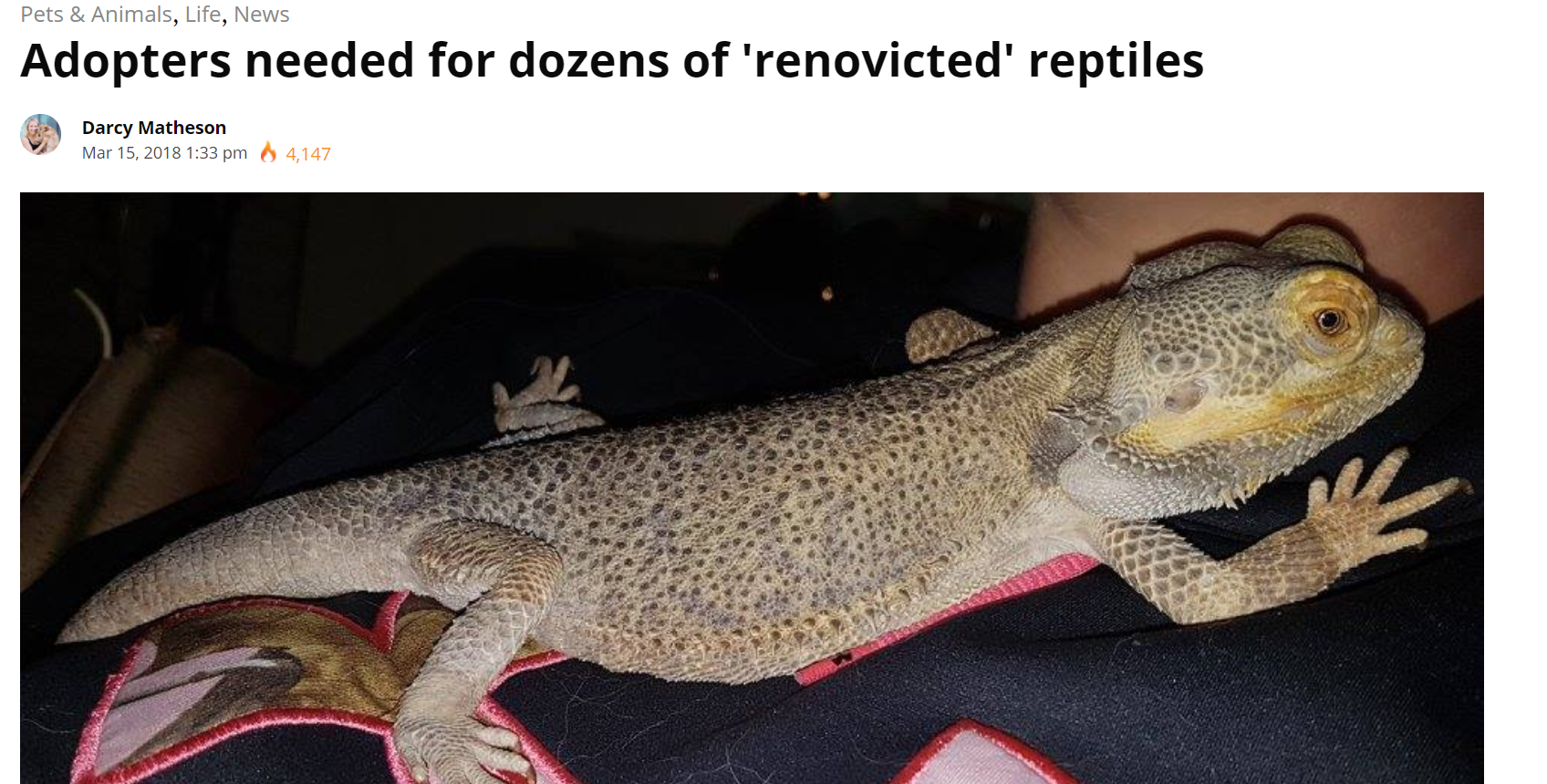As mentioned, once snakes reach the consumer, owners can become overwhelmed by the intricacies and demands of keeping the reptiles. With popular snakes such as ball pythons and corn snakes living sometimes to 10-20 years of age and growing larger than they originally planned for, owners can get discouraged and abandon them in shelters.
Video: Edmonton Humane Society cannot accept owner-surrendered reptiles

Worse still, some will dump reptiles into the wild where conditions are usually unsuitable for their needs proving fatal for the reptiles. In cases where a non-native species thrives in a new environment, there are massive ecological disturbances such as in the case of the Burmese Python.

Photo from DW.com
Full Article: The Burmese python and the fight for the Florida Everglades
Perhaps yet another reason not to keep a snake is prevalence of disease of captive snakes that receive poor husbandry. With many owners potentially unwilling to keep up with the regular maintenance of snake-care such as regular bedding changes and removal of feces. Poor feeding practices and inappropriate climatic conditions also contributed to high disease rates (Pees et al., 2010). In good hands, concerns such as disease shouldn’t be huge concern but may be to under-qualified owners.

One study saw an increased likelihood of consumers deciding to shy away from the opportunity of purchasing an exotic pet when given more information about disease risk and illegal tendencies in the exotic pet trade (Moorhouse et al., 2017). This limited information suggests that more public information is needed to educate consumers on what may be a large scaly mistake that they are potentially unprepared to care for.